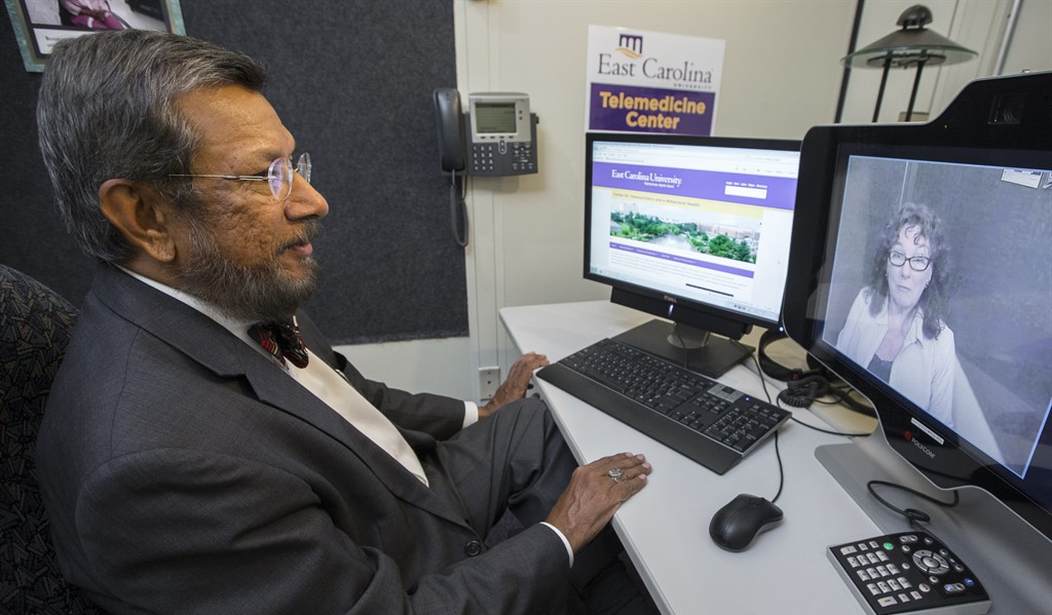The COVID-19 pandemic has opened the floodgates to telehealth expansion, resulting in physicians treating more patients without having to see them in-person. Telehealth offers an alternative solution to traditional in-person visits, making health care more accessible, convenient, and affordable.
Telehealth is growing more common throughout the country. According to a 2016 survey, 80 percent of telehealth patients accessing care via a mobile app preferred telehealth service over in-person visits. Although telehealth is not a replacement for traditional care, it has a vital role as a complement to traditional in-office care, offering patients more options.
Clearly, some health care matters are best addressed in-person. For instance, no one in their right mind would seek telehealth care for a broken arm.
However, for many people, using technological advancements to their advantage when they are unable or unwilling to receive in-person care makes perfect sense. This is especially true because many Americans remain reluctant to go to hospitals or medical facilities during the pandemic.
A recent study found that more than 40 percent of patients have delayed or avoided medical procedures and appointments out of fear of contracting COVID-19. Using telehealth during COVID-19 has been a godsend for many Americans. And recent technologies have expanded what doctors can do via telehealth.
U.S. Sen. Tim Scott (R-SC) introduced bipartisan legislation earlier this year that would extend telehealth services for Medicare patients during the COVID-19 pandemic. Arbitrary Medicare rules and regulations only allow telehealth services for patients who are in designated underserved areas. Scott’s bill would allow for the same rules used during the pandemic to be codified into law, thereby permanently expanding telehealth access to all patients on Medicare.
There is no doubt that during the pandemic, telehealth use among Medicare patients increased. Why not allow these patients to continue to utilize these services after the pandemic ends? Currently, 46 percent of consumers have used telehealth to replace canceled in-person health care visits during the coronavirus pandemic.
The telehealth market is projected to continue expanding for years to come. It only makes sense that Congress gets on board with what the market is demanding and gives the people what they want: affordable and accessible health care. A 2017 report on the global telemedicine market estimates the telehealth market is poised to expand at a compound annual growth rate of 16.3 percent over the next decade, reaching approximately $78.3 billion by 2025, according to Accuray Research LLP.
Telehealth fills a big void in the health care market. No wonder states are taking matters into their own hands by removing regulatory barriers that prevent telehealth expansion. On the federal level, it is crucial to stop any new legislation that would hinder technological advancements in the health care market and to expand upon any temporary measures that rolled back regulations during the pandemic.
If there is one thing we learned during the pandemic, it is that Americans of all types are comfortable receiving certain health care services via telemedicine. Why would the government deny them this choice?
Christina Herrin ([email protected]) is the government relations manager at The Heartland Institute, a nonpartisan, free-market think-tank headquartered in Arlington Heights, Ill.













Join the conversation as a VIP Member